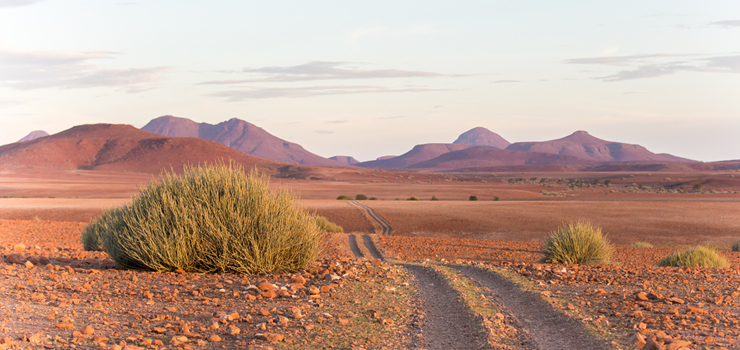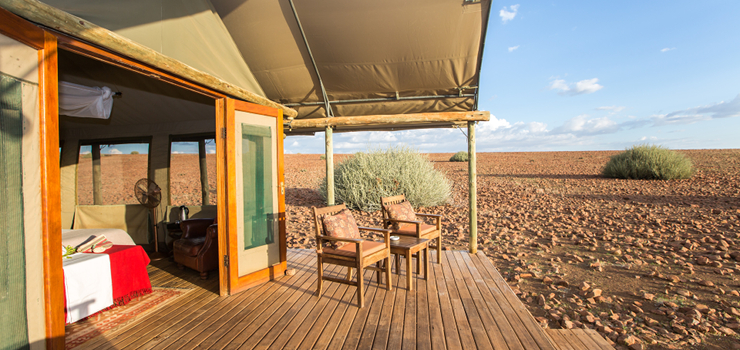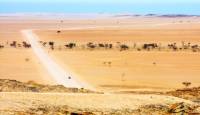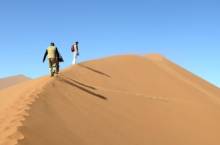Damaraland is unique wilderness destination situated between the Brandberg Mountain and the quaint village of Sesfontein in northern Namibia. Bordering the southwestern boundary of the Etosha National Park, Damaraland has the most striking collection of landscapes that include the intricate rock formations of Spitkoppe and Erongo and the red rock and desert-like mountains near Palmwag. The region is roughly surrounded by the Ovamboland in the north, Windhoek in the south, the Kalahari Desert in the east and the Namib Desert in the west. The mountainous landscape of Damaraland is also home to an array of desert-adapted flora and fauna who have found special means of surviving this harsh environment.

Damaraland Highlights
• The Brandberg Mountain: This is Namibia’s oldest mountain with its highest peak sitting at 2,573 m (8,442 ft) above sea level. Home to an assortment of prehistoric rock art including the famous ‘White Lady’ the Brandberg has been a spiritual site of great significance for the San/Bushmen tribes for many years. Visitors who are feeling adventurous are provided with a number of routes to summit the mountain, with the easiest being the Ga’aseb river valley.
• Twyfelfontein/ Ui-ǁAis: One of Namibia’s most picturesque locations, this cluster of rocky outcrops is popular for having over 2500 of the most outstanding Bushmen engravings. In 2007, UNESCO declared Twyfelfontein as World Heritage Site as these engravings are considered to be some of the most important rock art collections on the continent.
• Petrified Forest: Located 42km (26 mi) west of the town Khorixas (the capital of Damaraland), the Petrified Forest was declared a national monument in 1950 after its discovery in the 1940’s. The forest offers visitors haunting views of enormous fossilised trees that were washed down a river in ancient times, dating back 280 million years.
Damaraland’s harsh semi desert-like climate sees temperatures range between 16°C/61°F and 30°C/86°F during the wet summer season (November – April). It is slightly mispleading to call this the wet season as rain is still rare, however afternoon showers do occur every now and then during the summer to bring an element of relief to the land. This is the time of year when flowers such as Terminlia prunoides and Crinum parvibulbosum are plentiful, baby animals are in abundance and bird populations are thriving. It is however the hottest time of the year making game-viewing more difficult as animals disperse and hide behind any bit of shade they can get.

Temperatures during the dry winter season (May to October) range between 12°C/54°F and 28°C/81°F. This is the most optimal time to head to Damaraland as days are cooler and wildlife spotting is most productive. Although Damaraland is not a classic wildlife destination animals such as the rare desert elephant, damara dik-dik, black-faced impala, Hartmann’s mountain zebra and the black rhino are what most people come to see via game-drives or walking safaris. Scenic aerial flights over Damaraland, horse-riding trails and 4 x 4 excursions are also some of the best ways to experience this unique desert landscape. The range of accommodation options vary in and around Damaraland. From luxury lodges and rest camps near Khorixas to tented camps and open campsites, there is a place to suit everyone’s budget needs and personal preferences.
.jpg)

